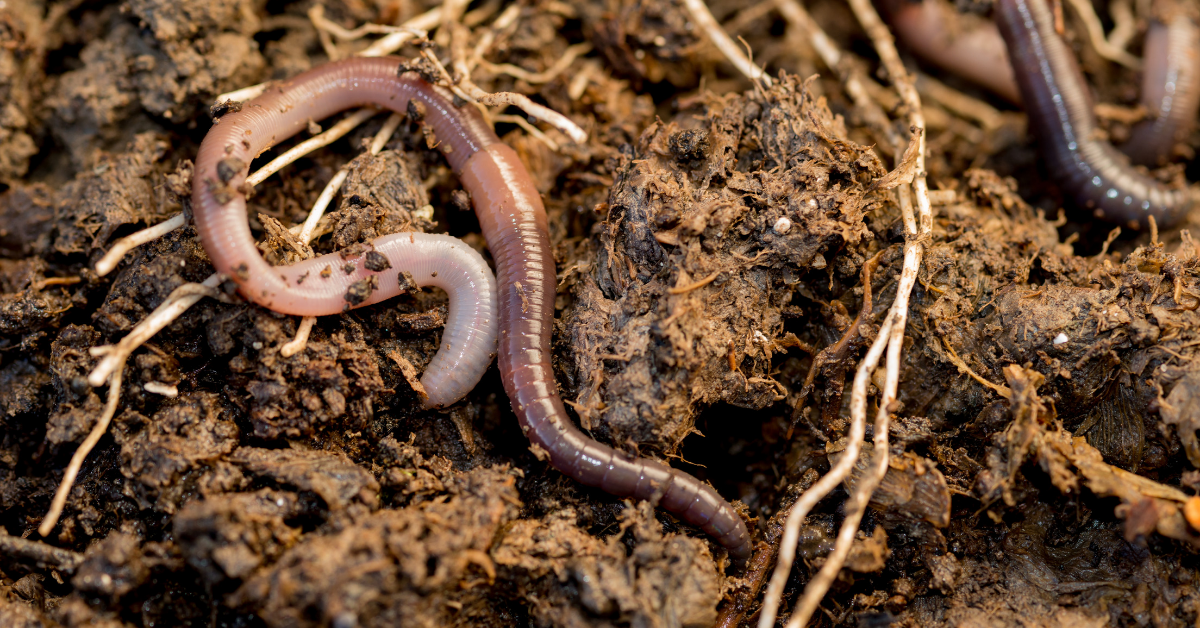29
May
Citizen Scientist Farmers Use Worms to Analyze Soil Health
 (Beyond Pesticides, May 29, 2019) A soil health monitoring study in England finds that an alarming 42% of surveyed fields are deficient in a wriggly measurement—earthworm populations. Over half the farmers recruited in this citizen science evaluation said they planned to change their soil management practices as a result of the earthworm monitoring results.
(Beyond Pesticides, May 29, 2019) A soil health monitoring study in England finds that an alarming 42% of surveyed fields are deficient in a wriggly measurement—earthworm populations. Over half the farmers recruited in this citizen science evaluation said they planned to change their soil management practices as a result of the earthworm monitoring results.
The #60minworms method, named for the time it takes to conduct, is to dig a soil pit and place the soil onto a mat, then sort out the earthworms into a bucket. After sorting, the total number of earthworms is counted, and juveniles are returned to the soil. Adults are sorted and recorded by type using a simple key (surface worms: epigeic—small and red, anecic—pale or green; deep-burrowing worms: endogeic—heavily pigmented and large). This is repeated ten times using a W-style sampling pattern across a field.
Jacqueline Stroud, PhD, the study author and soil scientist, developed survey booklets to distribute to volunteer farmers. Recruitment methods included events, workshops, and Twitter. Farmers conducted tests on their own private land during a 6-week window in 2018. They recorded their results in the given booklets and sent the information for analysis. A total of 126 fields were surveyed. Worm data was compiled and analyzed, and the social component of farmer responses was closely monitored, recorded, and responded to.
Earthworms are excellent gauges of soil health and have a direct relationship to plant productivity; they break down crop residues, incorporate surface organic matter into the soil, and mix organic and mineral components together to form stable aggregates that benefit spring emergence and sequester carbon. Low population counts are indicative of overworked soils that are more likely to erode and lose nutrients. This study’s results show that tillage has a significant impact on surface level (epigeic and anecic) worms, which is cause for concern because these worms have slow population recovery rates (~8 cocoons per earthworm per year).
Farmers were highly invested in the community science. 100% of the participants said they would do the survey again, and 100% of them would recommend the survey to others. The study names a goal of developing a cost-effective way of helping farmers monitor their own fields and analyze the quality of their soil which, based on survey results, was extremely effective. As farmers in the U.S. are struggling, this methodology, which has hence been shortened to #30minworms, provides a great example of outreach and connection to farmers about soil quality.
One way to protect soil biota, other wildlife, and the ecosystem as a whole is to support organic agriculture over conventional, chemical-intensive farming. A 2015 study found that glyphosate, the controversial and toxic active ingredient in Roundup, reduces activity and reproduction in two species of earthworms and increases soil nutrient concentrations to dangerous levels. Beyond Pesticides supports organic agriculture as good land stewardship.
All unattributed positions and opinions in this piece are those of Beyond Pesticides.
Sources: PLOS, The Guardian










